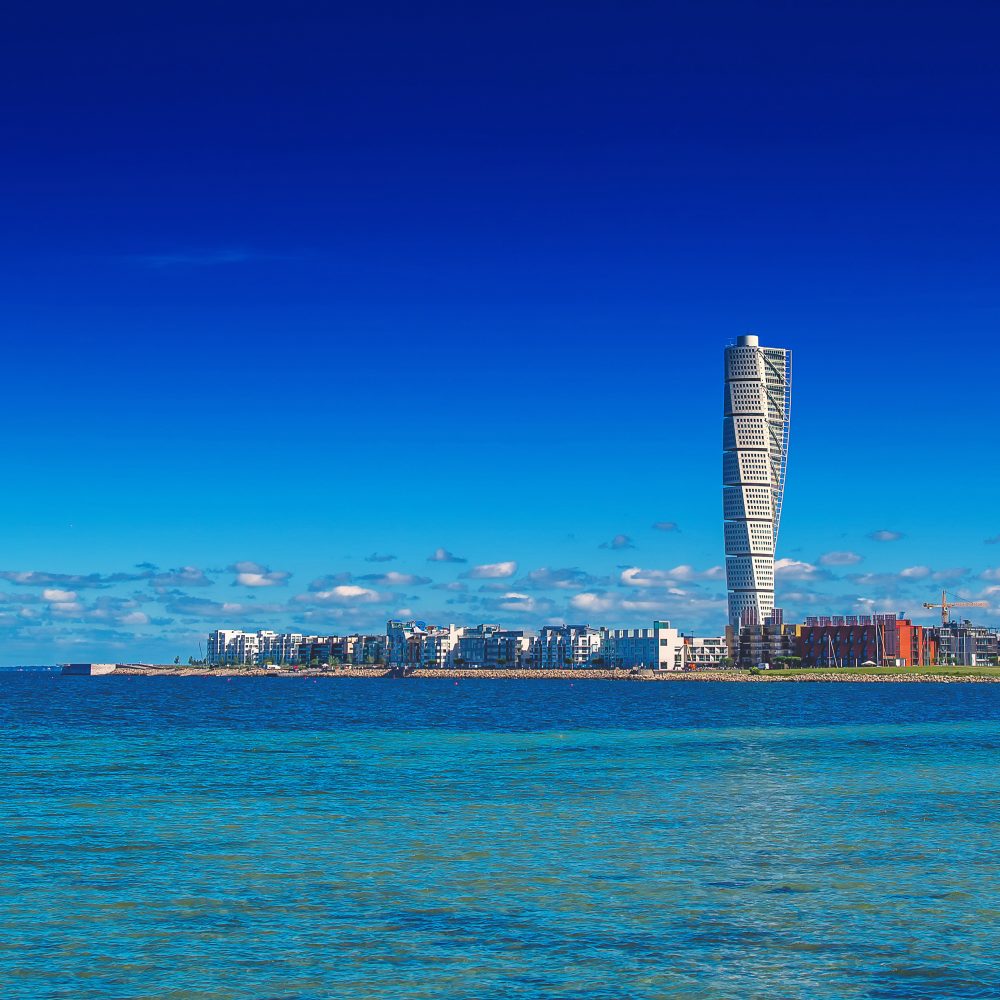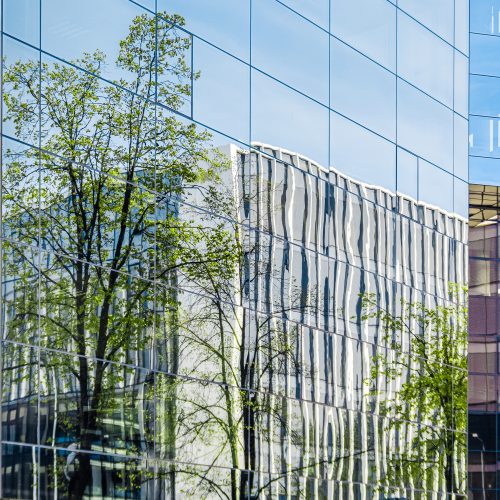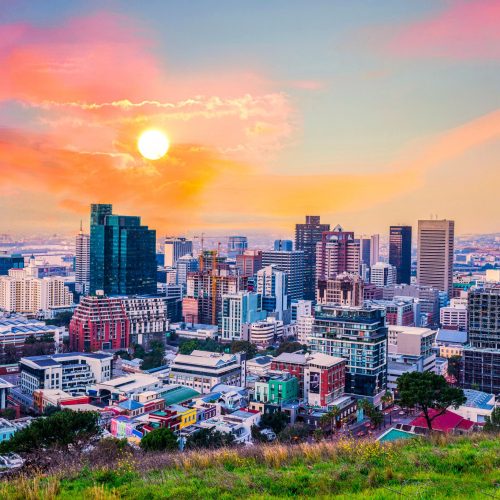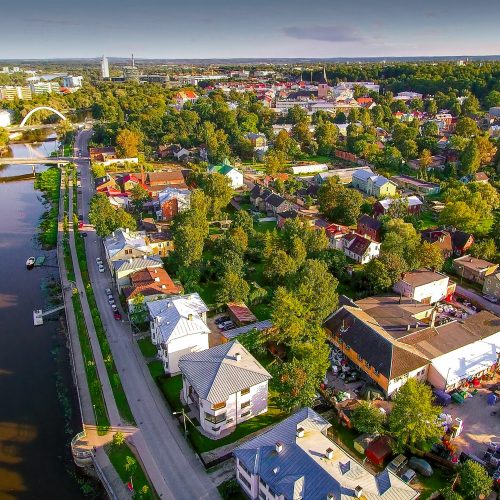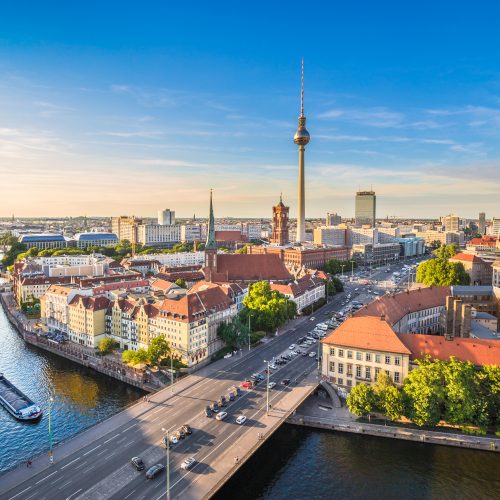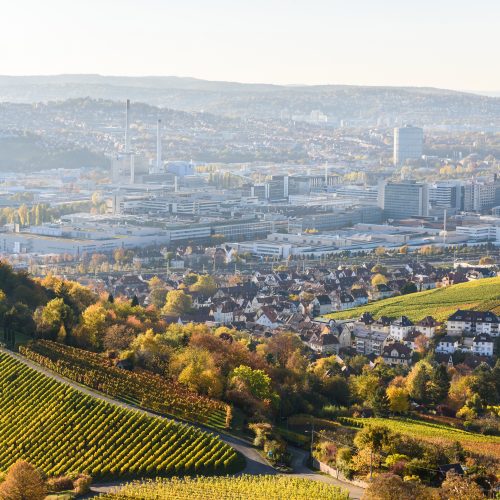Context and policy overview
In the late 1980s and early 1990s, Malmö’s industrial centre lost one-third of its jobs but today the city is a vibrant and sustainable urban area. The heart of this transformation is Western Harbour, an eco-district and regeneration zone. The area was developed as a testbed in the city’s ambitious plans to become climate-neutral by 2020 and to run entirely on renewable energy by 2030. The mayor envisioned using the eco-district concept as a model for future sustainable urban development throughout the city. And with a blank slate – a restored brownfield site –planners could integrate all aspects of Malmö’s sustainability approach into the eco-district.[1]
In Sweden, the energy performance of buildings is regulated at the national level. However, Malmö has developed several policy instruments to meet the city’s climate and sustainability goals. One example of these instruments is the “Developer Dialogue” which involves different stakeholders in the planning process. Malmö has also worked with the city of Lund to set sustainability requirements that exceed national regulations for new building developments. It has achieved this through a voluntary programme called MBP South in which developers can choose between three levels of ambition.[2]
Implementation
The objective for the Western Harbour eco-district was to reduce energy consumption to 105 kWh/m². This is equivalent to half the energy consumption of Malmö’s current housing stock and below the nationally required levels for new construction.
City planners invited a variety of stakeholders including architects, developers and construction companies to submit development plans and hold discussions to establish building sustainability standards for Western Harbour. Building standards were established for energy, materials, systems technology, acoustics and noise, green space and biodiversity, moisture control and the indoor environment.[3]
In the second phase of the project, participatory planning – which goes beyond conventional stakeholder consultation processes – was used to bring parties together to shape the approach to energy efficiency. The process involved a combination of site visits and workshops and cooperative design processes to set standards for new buildings.
Sustainable urban mobility was another key policy objective for the district, with a combination of car restrictions and measures to support walking and cycling. The district boasts a 40 per cent modal share for cycle-based journeys to work.
Following the development of Western Harbour, the eco-district concept was replicated in the planning of further projects through Developer Dialogues. These are held to enhance the sustainability profile of prospective eco-districts. Malmö’s city planners applied the eco-district approach to redevelop lower income neighbourhoods such as Rosengård, a social housing area with a history of significant social conflict. This project aimed to demonstrate how a troubled neighbourhood can be redeveloped with a focus on environmental sustainability and increased social and economic integration with the rest of the city.[4]
Barriers and critical success factors
In Malmö, political ambition and leadership is strong and goals are set at a high level. The city departments cooperate with each other as well as with developers, universities and other organisations. Malmö is committed to and has been working towards sustainability for a long time.
Experimentation, supported by cross-departmental collaboration and dialogue with developers, has been key to promoting innovation in planning. For example, project managers from the environment and planning departments meet on a regular basis to discuss the delivery of more integrated projects.
The fact that the city owns most of the land means that it has considerable power to impose standards on developers. Swedish cities also benefit from significant national and EU funding to support climate action.
In terms of programme design, MBP South gives building developers a choice between three different levels of ambition. In contrast, similar sustainability programmes in Sweden set only one level of requirements. Moreover, administration of the programme has been efficient due to the relatively large size of the municipality and the fact that it developed the programme jointly with another municipality.
Results and lessons learned
Malmö has been successful in reducing energy consumption, cutting GHG emissions and making the urban area more liveable for residents.
- The city lowered energy consumption from 72 kWh/m2 to 65 kWh/m2 for a development using MBP South without the Developer Dialogue, and to 56 kWh/m2 for a development using MBP South with the Developer Dialogue.
- Due to Malmö’s action and the decline of the shipbuilding industry, per capita GHG emissions have fallen to 3.4 tonnes per year (compared to 5.6 tonnes in Sweden as a whole and 17.6 tonnes in the United States of America in 2010).
- The eco-districts have contributed to economic growth, social innovation and inclusion in the city, making Malmö an attractive place to live.
While external factors, such as funding opportunities and land ownership by the city, were favourable to Malmö, much of the city’s success is thanks to effective urban planning and these lessons can be applied anywhere. The experience in Malmö demonstrates that experimentation is key to innovation in planning. It also shows that the formalisation of learning across departments can ensure that a city addresses obstacles to cooperation and institutionalises good practices.








